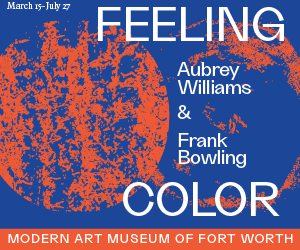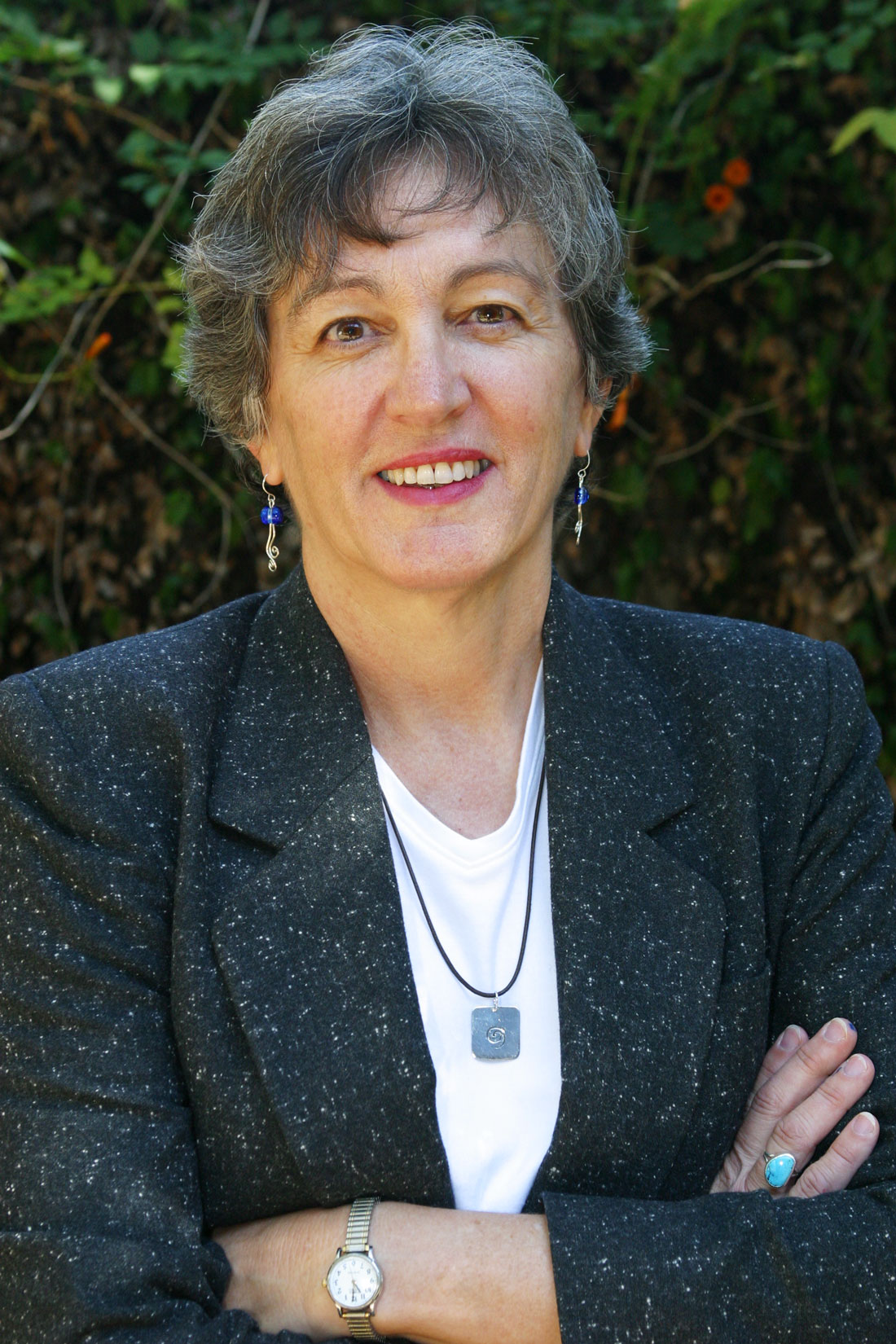Five years ago, no one in Fort Worth was thinking much about public transportation, particularly an inner-city streetcar system. Real estate developers, assuming that only poor people used mass transit, didn’t want any lines or stops near their properties.
But times have changed here in Cowtown. Rising gas prices, traffic gridlock, and concern over air quality have caused North Texas political and business leaders to reassess their attitudes toward public transportation. And the key change has come from those same real estate developers, who have seen mass-transit rail lines spur development in other cities and now want a ticket for that gravy train.
For the past few years, Fort Worth has been studying how a modern streetcar system here could help the city improve its transportation picture. A city council-appointed committee recommended last December that Fort Worth invest in several streetcar lines linking downtown with the Cultural District and Near South Side, with more to be added if those lines prove successful.
Many people have regarded such rail plans as little more than a pipe dream that, in the best-case scenario, might be up and running in 10 years. But the reality is that the streetcar system has been put on the fast track, pun intended, and in the coming months, final plans and funding mechanisms will be developed.
Within the next few weeks, Fort Worth is expected to award a $2 million contract for development of detailed engineering plans, due within a year. Funding for the contract will come from three sources: The North Central Texas Council of Governments is putting up the lion’s share of the money for that process – $1.6 million – with the city and Fort Worth Transportation Authority adding $200,000 each.
NCTCOG has made Fort Worth’s streetcar system part of its Regional Mobility 2030 Plan, meaning that it will qualify for federal funding. As part of that, Dallas and Fort Worth have combined their streetcar plans and applied jointly for a $96 million grant from the U.S. Department of Transportation. If the grant comes through, things will move very quickly, since the grant application specifies that construction must begin no later than February 2012. What’s being proposed is a modern streetcar system, with low-to-the-ground cars riding on rails in the street and powered by overhead wires – in other words, not old-fashioned trolleys. Stops will be every two to four blocks.
Next week, on Dec. 11, a one-day seminar called “Tracks to the Future” will be held at the Sheraton Hotel downtown. Political and business leaders will hear national experts discuss where the tracks should run, what the system should look like, and how it could be funded.
The city has appointed another task force to work with the engineering firm and help iron out several issues. The previous committee, led by downtown business interest, recommended a downtown loop, running between the convention center and the courthouse. They also wanted the Cultural and Hospital district lines to integrate into that loop, which would mean longer trips for riders whose destinations are out of downtown. For example, passengers who wanted to go from the Omni Hotel to the Cultural District would have to ride up to the courthouse and back down to 7th Street, before proceeding west to the museums. Some think a point-to-point approach between downtown and the two districts would be more efficient and cheaper, and that the downtown loop would wreak havoc on traffic.
Then there is the matter of the West 7th Street bridge over the Trinity River. It’s scheduled to be rebuilt by the end of 2012. That could conflict with the federal time constraints, but the city could get around that by starting the Hospital District line in early 2012 and delaying work on the Cultural District line until the bridge work is finished.
Bridge problems could delay a potential line to the Stockyards for much longer. Plans for the Trinity River Vision project include new roads and bridges on the North Side, re-routing of a portion of the Trinity, and changing one stretch of it into a downtown lake. Construction of rail lines would have to wait for those developments, most of which are planned for 10 years out.
There will be discussion of an Eastside route, probably running to Texas Wesleyan University. The streetcar committee recommended that the Eastside line be the first in a second phase. And there will be intense pressure by the Eastside leadership to have that possibility become a definite plan.
The entire system could cost about $250 million, with funding from federal, state, tax district, and other coffers. That may seem like a big bill during these tough times, but there is little opposition, and Fort Worth seems committed to getting the streetcars moving.
In other words, the question in Fort Worth has changed from if there will be a streetcar system to how and when – and the answer, in part, is sooner rather than later.











